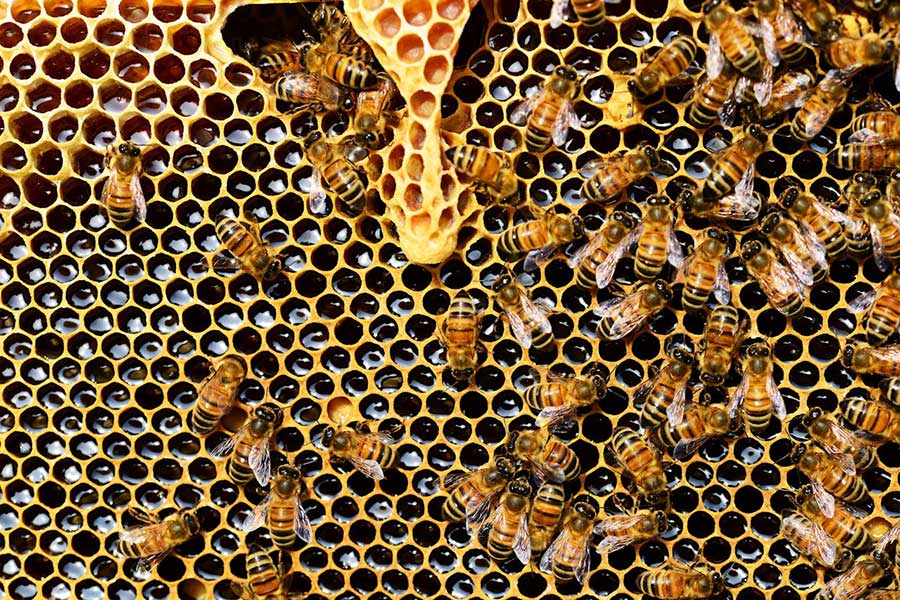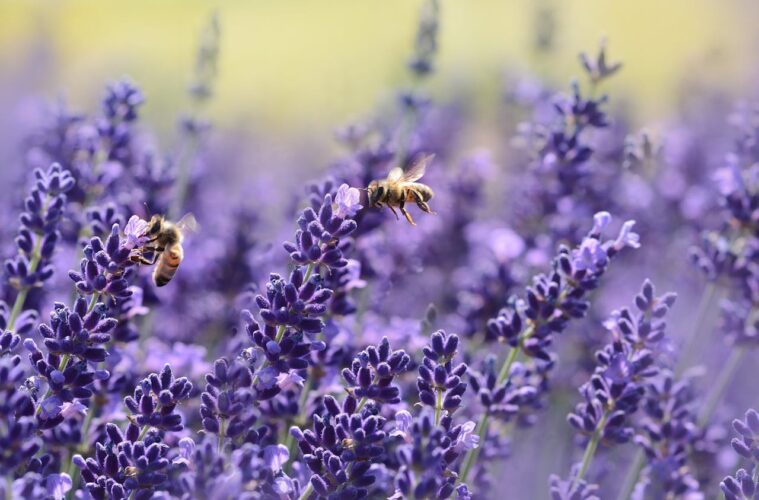Bees play a crucial role in pollinating crops, maintaining biodiversity, and supporting ecosystems. However, their populations have declined in recent years due to habitat loss, pesticides, climate change, and disease. The UK has recognised the importance of bees and has introduced laws and initiatives to protect them. But just how well are bees safeguarded under UK law?
Legal Protections for Bees in the UK
The UK has several laws and regulations that provide some level of protection for bees, including:
- The Wildlife and Countryside Act 1981: While this legislation does not explicitly list bees as a protected species, it provides protection for habitats and certain endangered insect species.
- The Bees Act 1980: This law primarily regulates the movement of bees to prevent the spread of diseases.
- The Environmental Protection Act 1990: Indirectly protects bees by regulating harmful chemicals and pesticides that can impact their survival.
- EU and UK Regulations on Pesticides: Neonicotinoids, a class of pesticides harmful to bees, were banned across the EU in 2018. While Brexit created uncertainty, the UK government has largely upheld these restrictions.
Banned Pesticides and Government Policies
The use of harmful pesticides, particularly neonicotinoids, has been heavily debated in the UK. Studies have shown that these chemicals can impair bees’ navigation, reduce reproduction rates, and contribute to colony collapse.
The UK initially supported the EU-wide ban on three key neonicotinoids in 2018, but in early 2021, the government approved emergency use of one of these pesticides (thiamethoxam) for sugar beet farming. This decision faced backlash from environmental groups, highlighting the ongoing tension between agricultural needs and bee conservation.
Beekeeping Regulations and Support
Beekeeping is popular in the UK, and while it is generally encouraged, there are regulations to ensure bee health and prevent the spread of disease:
- Beekeepers must register their hives with the National Bee Unit (NBU) to help monitor disease outbreaks.
- The Bee Health Strategy focuses on improving bee welfare and promoting responsible beekeeping practices.
- Local councils and charities often support urban beekeeping and wildflower planting to provide safe habitats for bees.
Threats to UK Bee Populations
Despite legal protections, bee populations in the UK continue to decline due to several key threats:
- Habitat Loss – Urbanisation and intensive farming practices have reduced the number of wildflower meadows and nesting sites available for bees.
- Climate Change – Rising temperatures and unpredictable weather patterns disrupt flowering seasons, affecting bees’ ability to find food.
- Pesticides – While some chemicals have been banned, others remain in use, potentially harming bees.
- Disease and Parasites – The Varroa mite is a major threat to honeybee colonies, weakening bees and spreading viruses.

Are Bees Protected in the UK? A Look at Laws & Threats
What Can Be Done to Help Bees?
Protecting bees requires a combined effort from government policies, conservation groups, farmers, and individuals. Here’s what can be done:
- Support Pollinator-Friendly Farming: Encourage farmers to use bee-friendly pesticides and maintain hedgerows and wildflowers.
- Plant More Wildflowers: Even a small garden or balcony with pollinator-friendly plants can provide vital food sources. With 97% of native British wildflower habitats lost since World War II, restoring these spaces is crucial. One way to help is by using seedballs containing native wildflower species, such as those on the Royal Horticultural Society’s Perfect for Pollinators list, to create bee-friendly environments.
- Avoid Using Pesticides: Opt for natural pest control methods instead.
- Support Conservation Efforts: Many charities, such as the Bumblebee Conservation Trust, work to protect bees and their habitats.
- Lobby for Stronger Legal Protections: Public pressure can influence government policies to strengthen bee conservation laws.
Conclusion
While the UK has several laws and initiatives in place to protect bees, there is still room for improvement. Bee populations continue to decline due to habitat destruction, climate change, and chemical exposure. Stronger enforcement of pesticide bans, habitat restoration efforts, and continued public support for bee conservation will be crucial in ensuring the survival of these essential pollinators. By taking action now, we can help safeguard bees and, in turn, protect the environment and food supply for future generations.


